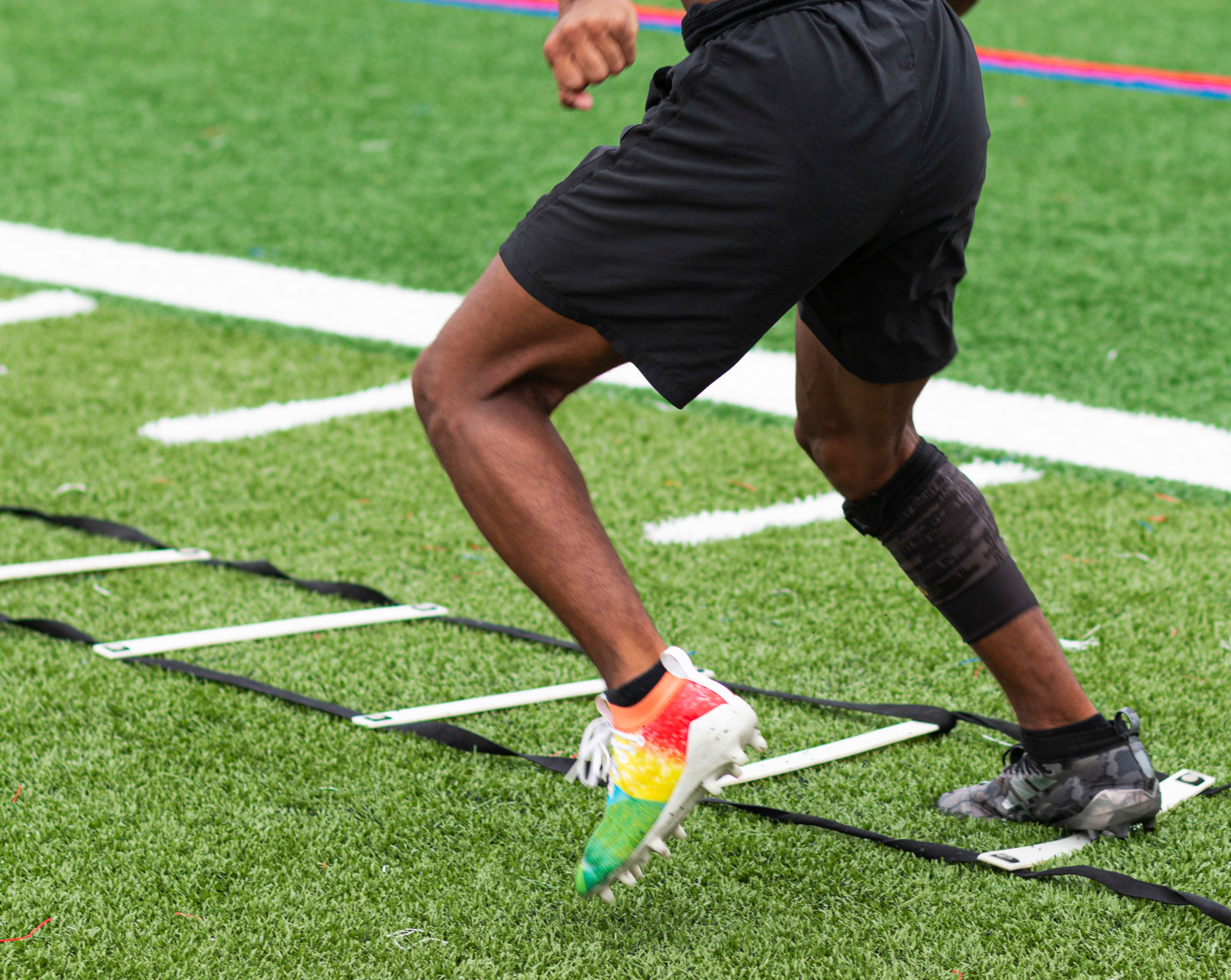Top 5 Myths About Hurdles in Track and Field
Introduction to Hurdles in Track and Field
Track and field is a sport that combines various athletic disciplines, and hurdles are one of the most exciting and challenging events within it. Despite its popularity, there are several myths surrounding hurdles that often lead to misunderstandings about the sport. In this blog post, we'll debunk the top five myths about hurdles in track and field, providing a clearer understanding of what it truly involves.

Myth 1: Hurdles Are Just Like Jumping Over Barriers
One common misconception is that hurdling is simply jumping over barriers. While it might seem that way at first glance, hurdling is more about technique and speed than jumping. Athletes must maintain their momentum and rhythm to efficiently clear each hurdle. The goal is to minimize time in the air and maximize speed on the ground. This requires a unique skill set that blends sprinting with precision timing.
The Technique Behind Hurdling
A successful hurdler must perfect the three-step technique, which involves taking only three steps between each hurdle. This requires excellent coordination, balance, and strength. Unlike jumping events, where height is the focus, hurdling emphasizes staying low and fast. The distinction is crucial for understanding the sport's complexity.

Myth 2: Hurdles Are Only for Tall Athletes
Another myth is that only tall athletes can excel in hurdles due to their longer legs, which supposedly make it easier to clear the barriers. In reality, successful hurdlers come in all shapes and sizes. While height can offer some advantages, such as a longer stride length, it is not the defining factor for success in hurdling.
The Importance of Speed and Agility
Speed, agility, and technique are far more critical than height when it comes to hurdling. Athletes of various statures have reached the top levels of competition by focusing on developing these skills. Training programs are tailored to enhance an athlete's natural abilities, emphasizing quick footwork and explosive strength over mere height.

Myth 3: Hurdling Is Too Dangerous
Some people believe that hurdling is excessively dangerous due to the risk of tripping or falling. While every sport has its risks, proper training and technique can significantly reduce these dangers. Safety measures, such as cushioned hurdles and thorough coaching, help athletes build confidence in their abilities.
Safety First in Hurdling
Coaches prioritize teaching proper form and ensuring athletes understand how to fall safely should they trip. With these precautions in place, the likelihood of serious injury is minimized. Like any athletic endeavor, risks exist, but they are managed through careful preparation and adherence to safety protocols.
Myth 4: Hurdling Is Not a Versatile Skill
Some may view hurdling as a niche skill with limited applicability beyond the sport itself. However, hurdling develops a range of athletic abilities that are beneficial across various sports and activities. The combination of speed, strength, flexibility, and coordination learned through hurdling is valuable in many athletic contexts.
Transferrable Skills from Hurdling
Hurdling can enhance an athlete's overall performance by boosting their agility and quickness. These skills translate well into sports like soccer, basketball, and even martial arts. The discipline and mental toughness required in hurdling also contribute to personal growth, making it a rewarding pursuit beyond physical accomplishments.

Myth 5: Only Elite Athletes Can Hurdle
A final myth is that hurdling is reserved for elite athletes only. In truth, hurdling can be enjoyed at various levels, from beginners to seasoned competitors. Many schools offer track programs where students can learn the basics of hurdling in a supportive environment.
Accessibility and Enjoyment for All
With dedication and proper coaching, anyone interested in track and field can try hurdling. It offers a unique challenge that can be both fun and fulfilling. Encouraging participation at all levels helps break down barriers to entry and fosters a love for the sport.

Conclusion
By dispelling these myths about hurdles in track and field, we hope to encourage more understanding and appreciation for this dynamic sport. Whether you're an aspiring athlete or simply curious about track and field events, recognizing the truths behind these myths can enhance your perspective on hurdling's complexity and appeal.